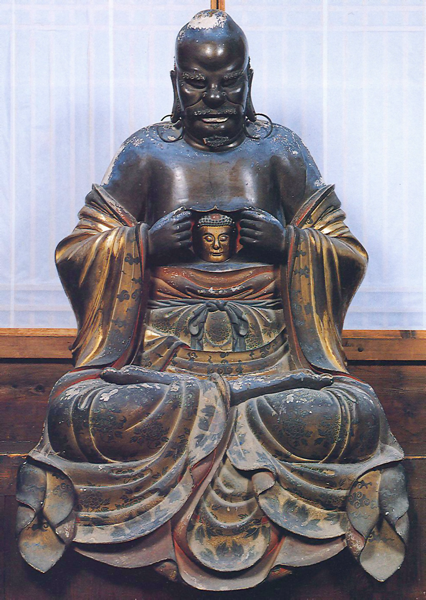Sacred Image and Sacred Place in Japanese Art

This class surveys the religious arts of Japan from pre-history to the present day, with a special focus on different notions of the sacred images and places. It considers how sculpture, painting, architecture, and topography worked in concert to produce and condition particular experiences of the sacred. Not only will we examine traditions such as kami worship (Shintô), Buddhism, mountain cults, Christianity, and "magic" in Japan, we will also consider more general theories of sacred experience from other disciplines such as anthropology and religious studies.
Each class will focus on a particular monument of Japanese art, ranging in date from the sixth century to the present day. Throughout the course, we will engage questions concerning the status of the icon, the role of ritual, viewer reception, pilgrimage, and views of the natural world. The class provides both an overview of the religious currents of Japan as seen through art as well as an introduction to visual analyses of sacred practice.
In conjunction with Shinto: Discovery of the Divine in Japanese Art, an exhibition to be held at the Cleveland Museum of Art in spring 2018, the class will place special emphasis on the kami tradition and will include a field trip to Cleveland to meet the curator and see the show.
Textbooks/Other Materials: There are no required textbooks for this class.
Course Requirements: The grade will be determined by classroom participation (25%), an in-class presentation (20%), a series of short assignments (15% total), a short paper II (10%), and a final presentation/paper (30%).
Intended Audience: Undergraduates with an interest in Japan, Buddhism, religious art.
Class Format: 3-hour seminar, primarily discussing objects and texts, with some lecture
Estimated Cost of Materials: $0-$50
HISTART Distribution Requirements: C. Asia, 2. Medieval, 3. Early Modern